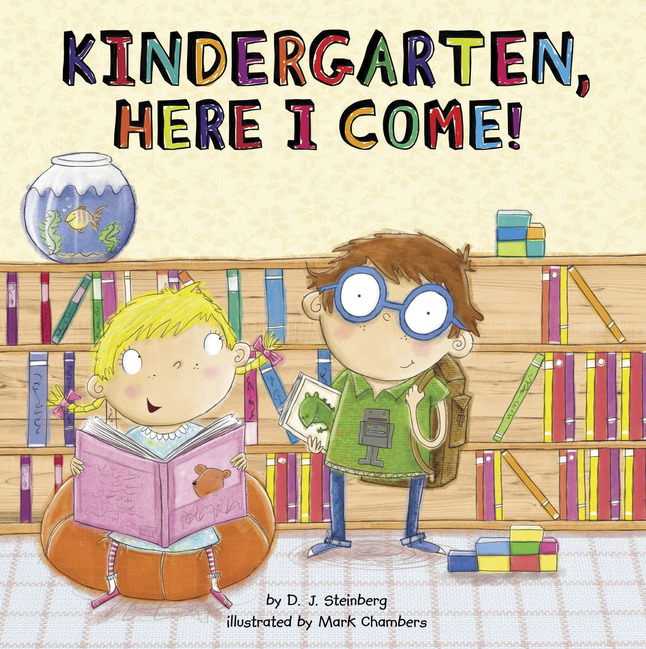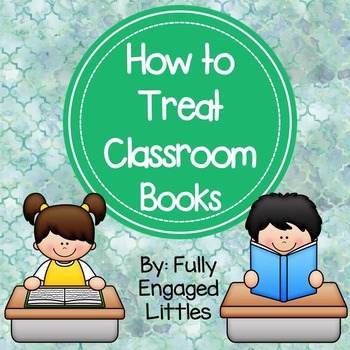
Reading before bed can also help take your mind off the things that are troubling you, which can help you fall asleep faster and sleep more soundly.Īs you can see, there are many benefits to reading. Finishing a book also feels good and gives you a sense of satisfaction. You can experience images and scenes from a book with your imagination, which can be very relaxing. As children read about other cultures and people with different beliefs, they become more accepting of ways of life and beliefs that are different from their own. Reading stories helps to open your mind.Using this area of your brain more when reading can improve your overall memory and help you in other areas of your life as well. As you follow a character in a story or remember key facts from a non-fiction text, it helps activate the memory areas in your brain. Another benefit of reading is that it can help improve your memory.Focusing on a book when you’re reading can transfer to other areas of your life and help improve your productivity for the rest of the day. Reading can also improve your focus and concentration.They’ll also be better equipped to add their own perspective to a conversation. An improved vocabulary will also help students communicate their feelings, needs, wants, and ideas more effectively. Books contain many words that children likely wouldn’t hear otherwise and can help them learn these words and begin to incorporate them into their daily conversations. Another benefit students (and adults) receive when they read is a more enriched vocabulary.Reading can even change the structure of our brains and improve our cognitive processes. Reading both fiction and non-fiction books can deliver these benefits. Books act as food for our brains, helping keep them stimulated and making new connections. Our brains need stimulation to continue to function at high levels.What’s great about how the books are organized ( by bin and with matching stickers), this can easily become a student’s classroom job.

on rotation) and are typically seasonal books or books that are themed around a topic we are learning in class that week. The books on the rack picture above are changed out weekly ( ie.
#CLASSROOM LIBRARY BOOKS FREE#
However, if a book is on the rack pictured above, it’s free range (just like the bins below). Students are always allowed to read any book in the classroom that they want to read, but if the book comes off of the bookshelf they need to practice their communication and ask.

INSIDER TIP: In my classroom, the “main” classroom library is utilized during free time, at the end of the day, or throughout the day with adult permission. The white color makes the book bins pop on the shelf and doesn’t mix my students up with any color coding in our color-coded classroom. If one happens to need replaced at the end of a school year, I don’t feel so terrible about it because they are so inexpensive (although I’ve not had to replace any yet). I have had my original set for 3+ years and just purchased about 10 more sets to continue organizing my classroom library.

They are made out of cardboard and typically are 5 for $1.99 on the IKEA website. I use the IKEA FLYT magazine holders (the FLUNS are the thinner ones). Step 2 is the figure out how you want to organize your classroom library. It’s how I’ve grown my current classroom library to over 1,500+ books… and it is continually growing.
#CLASSROOM LIBRARY BOOKS HOW TO#
You can pick up one or two books a week for less than $5… most times, even less than that! 90% of my classroom library is from yard sales and the GoodWill.įor more tips on how to find and purchase books inexpensively, start here. You don’t need to spend your entire salary on books, and it doesn’t have to take you years to build up to the library of your dreams. Thankfully there are multiple ways to build your classroom library on a budget. Step 1 is to build your classroom library. Let’s chat… I want to introduce you to your library’s new best friend. The more books we house in our classrooms, the more opportunities we are providing for our students to read… and read for fun.īut in a special education classroom, how do you organize your classroom library in a way that is functional for the students to locate their favorites, find new favorites, and for you, as the teacher, to find the books you want to read during story time? Schools come equipped with a school library, but many times students only see the inside of the school library one day a week or less.Ĭlassroom libraries should be inviting, organized, and provide students with more than one or two options students want to read. It is our job as teachers to provide our students with multiple opportunities to read while at school. Having a child read is a crucial component of becoming a good reader.


 0 kommentar(er)
0 kommentar(er)
